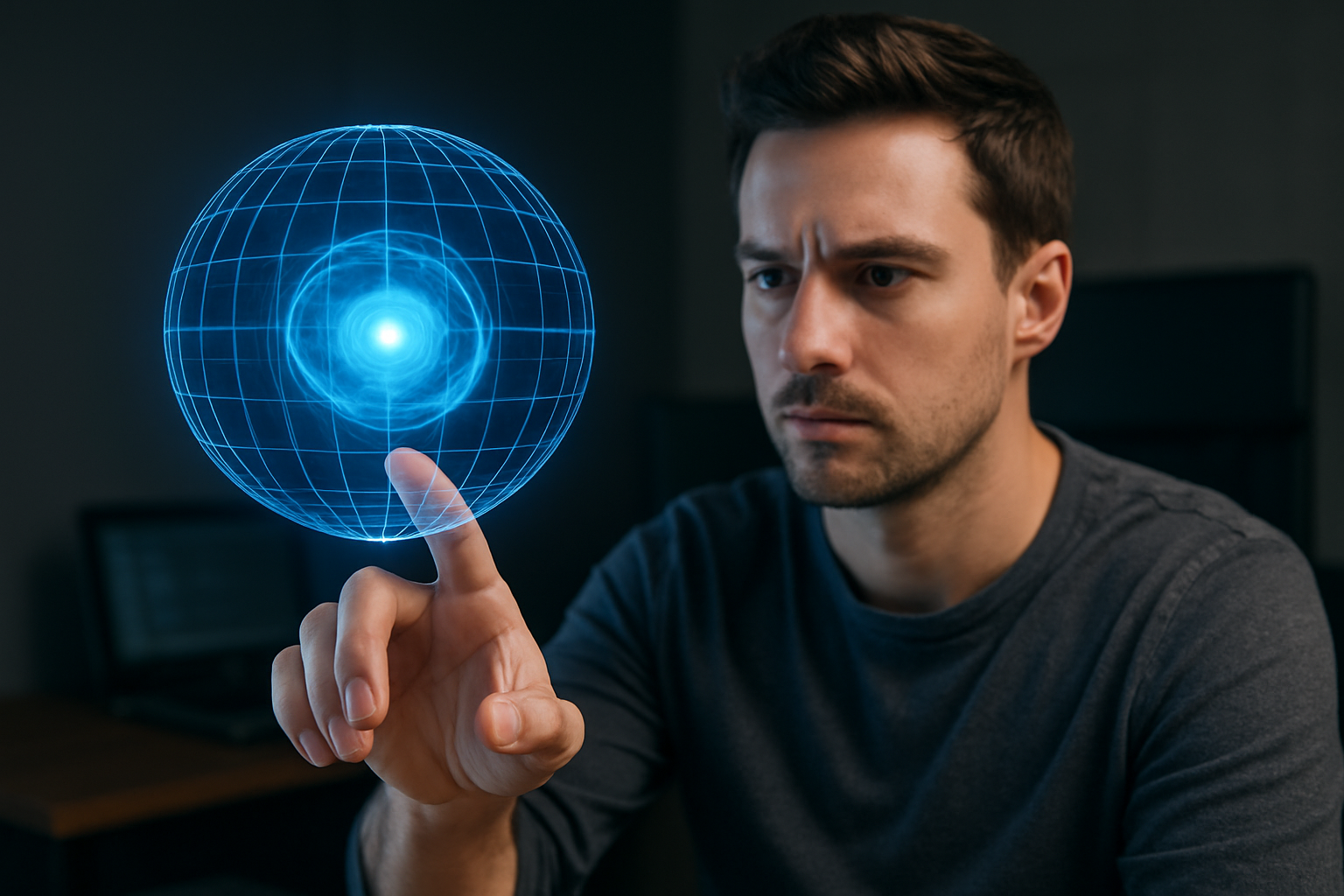Holographic Telepresence: Redefining Remote Communication
The future of telecommunications is taking shape in the form of holographic telepresence, a groundbreaking technology poised to revolutionize how we interact across distances. This innovative approach to remote communication promises to bridge the gap between virtual and physical presence, offering unprecedented levels of immersion and engagement. As we delve into the world of holographic telepresence, we'll explore its potential to transform industries, reshape social interactions, and usher in a new era of connectivity.

Early experiments in holographic projection date back to the 1940s, but it wasn’t until the late 20th and early 21st centuries that the technology began to mature. The integration of powerful computers, sophisticated cameras, and high-resolution displays paved the way for more realistic and interactive holographic experiences.
The Technology Behind the Illusion
At its core, holographic telepresence relies on a combination of advanced imaging techniques and real-time data processing. The process begins with multiple high-definition cameras capturing a subject from various angles. This multi-perspective video data is then transmitted over high-bandwidth networks to a receiving location.
On the receiving end, specialized projection systems or holographic displays recreate the three-dimensional image of the subject. These systems use a variety of methods, including volumetric displays, light field technology, or even fog screens, to produce a convincing illusion of a 3D presence in the room.
Applications Across Industries
The potential applications of holographic telepresence span a wide range of industries and use cases. In the corporate world, this technology could transform remote meetings, allowing participants to feel as if they’re in the same room, regardless of their physical location. This enhanced sense of presence could lead to more effective collaboration and decision-making.
In healthcare, holographic telepresence could enable remote consultations with a level of interaction previously impossible. Surgeons could provide guidance during complex procedures from thousands of miles away, with the ability to gesture and demonstrate techniques as if they were physically present in the operating room.
Education and Training: A New Dimension
The education sector stands to benefit significantly from holographic telepresence. Imagine history lessons where historical figures appear to materialize in the classroom, or science demonstrations where complex molecular structures can be manipulated in mid-air. This technology has the potential to make learning more engaging, interactive, and memorable.
In professional training scenarios, holographic telepresence could revolutionize how skills are taught and practiced. From intricate manufacturing processes to delicate surgical procedures, trainees could learn from expert instructors who appear to be right beside them, providing hands-on guidance without the need for physical proximity.
Entertainment and Media: Blurring Reality
The entertainment industry is already experimenting with holographic performances, bringing deceased artists back to the stage or allowing live performers to appear simultaneously in multiple locations. As holographic telepresence technology advances, we may see a new form of interactive entertainment where audiences can engage with holographic characters or participate in immersive storytelling experiences.
Live sports broadcasts could be transformed, with holographic replays appearing on living room floors and fans feeling as if they’re sitting courtside, regardless of their actual location. This level of immersion could redefine the home viewing experience and create new revenue streams for sports organizations.
Challenges and Limitations
Despite its promising potential, holographic telepresence faces several challenges that must be overcome before widespread adoption becomes feasible. One of the primary hurdles is the massive bandwidth required to transmit the high-quality, multi-perspective video data necessary for convincing holograms. As telecommunications infrastructure continues to evolve, this limitation may become less of an issue.
Another significant challenge lies in the development of affordable and practical display technologies. Current holographic systems often require specialized environments or bulky equipment, making them impractical for everyday use. Advances in light field displays and compact projection systems are ongoing, but it may be some time before holographic telepresence becomes as commonplace as video calls are today.
The Road Ahead: Integration and Innovation
As holographic telepresence technology matures, we can expect to see increased integration with other emerging technologies. Artificial intelligence could enhance the realism of holographic interactions, while haptic feedback systems could add a tactile dimension to the experience. The combination of holographic telepresence with virtual and augmented reality technologies could lead to entirely new forms of mixed reality communication.
The potential impact of holographic telepresence on society and culture is profound. As this technology becomes more prevalent, it could reshape our concepts of physical presence, distance, and human interaction. While it may never fully replace face-to-face communication, holographic telepresence has the potential to create meaningful connections in ways we’ve only begun to imagine.
Conclusion
Holographic telepresence represents a significant leap forward in the evolution of remote communication. By offering a more immersive and engaging way to interact across distances, this technology has the potential to transform industries, enhance education, and redefine entertainment. As researchers and innovators continue to push the boundaries of what’s possible, we move closer to a future where the lines between physical and virtual presence become increasingly blurred. The journey towards widespread adoption of holographic telepresence is just beginning, but the possibilities it presents are nothing short of extraordinary.





